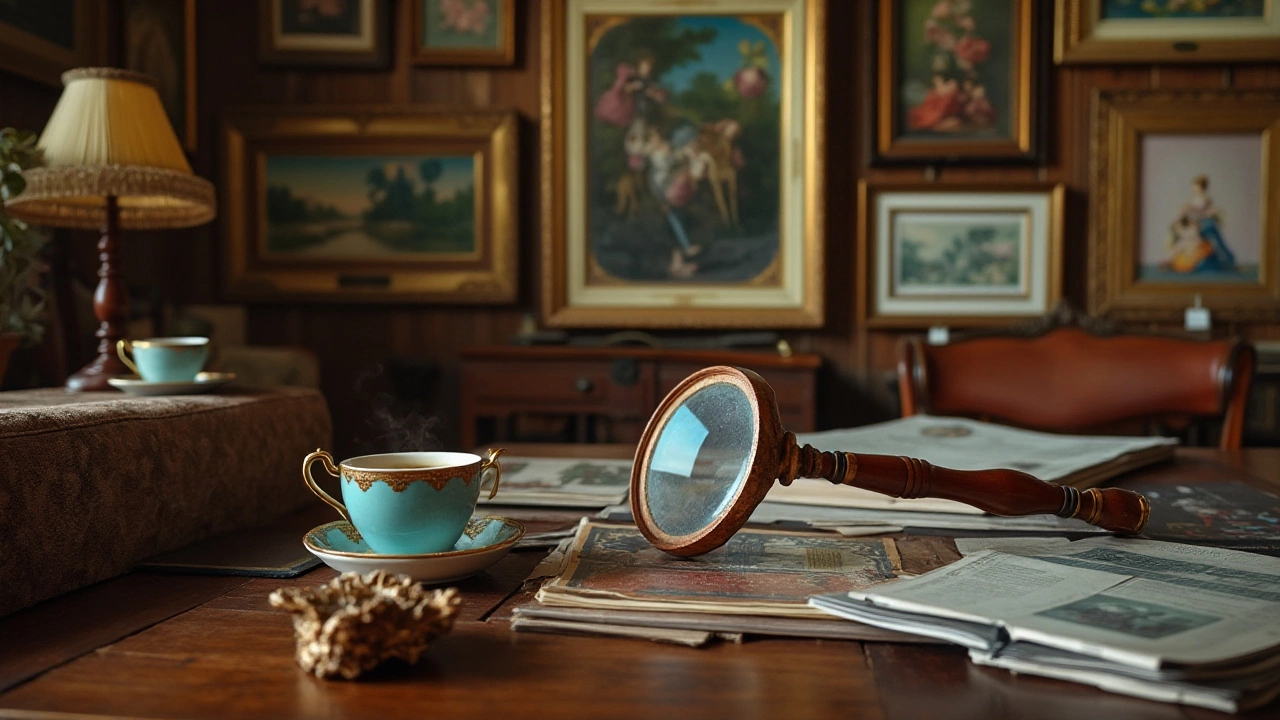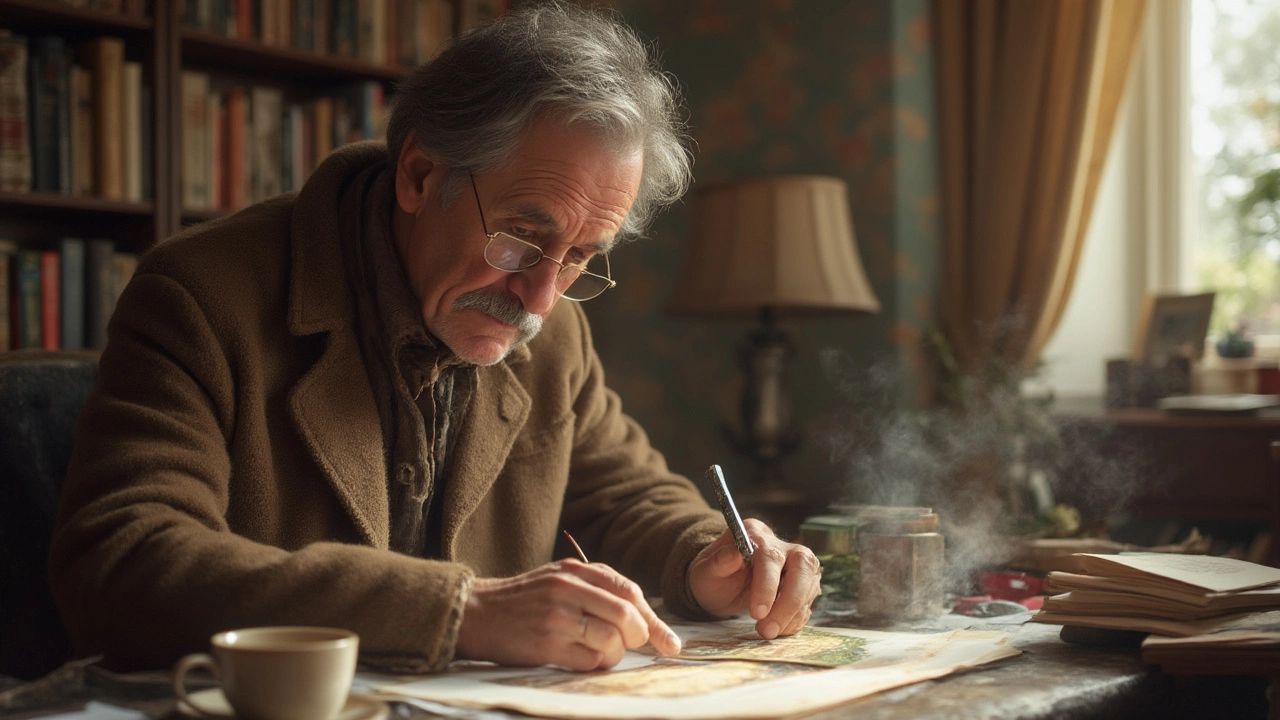Art Collecting 101: How to Begin, Build, and Safeguard Your Collection
Thinking about buying art but not sure where to start? You’re not alone—many people want a few pieces they love and maybe a smart investment, but the world of art can feel overwhelming. The good news is you don’t need a museum degree to make good choices. Let’s break it down into simple steps you can follow today.
How to Start Your First Collection
First, set a clear budget. Decide how much you can spend without hurting other goals, then stick to that number. It’s tempting to go big on a single masterpiece, but many beginners find value in buying several affordable works that suit their taste.
Next, learn what you like. Spend a few weeks visiting local galleries, art fairs, and online platforms. Take notes on styles, colors, and subjects that draw you in. If a piece makes you pause, that’s a good sign it belongs in your collection.
Do a quick background check. Find out who the artist is, where the work was shown, and whether it has a clear provenance (a record of ownership). Even emerging artists usually have an artist statement or a website—use that to gauge seriousness.
When you’ve found a piece you like, ask for details about its condition. Look for any damage, repairs, or signs of wear. If you’re buying online, request high‑resolution photos from multiple angles and ask about any restoration history.
Don’t ignore the paperwork. A bill of sale, certificate of authenticity, and any provenance documents add value and protect you if you ever decide to sell. Keep these records organized in a physical folder and a digital backup.
Keeping Your Collection Safe and Valuable
Once the art is yours, think about where it will live. Avoid direct sunlight, high humidity, and extreme temperature changes—these can fade colors or warp canvases. A simple climate‑controlled room or a UV‑filtering glass frame does the trick for most works.
Insurance is a must, even for modest collections. Talk to your home insurer about adding a rider or get a separate policy that covers loss, theft, and damage. The cost usually depends on the total value of the pieces you own.
Regular maintenance prolongs life. Dust paintings with a soft brush, keep sculptures away from dust‑collecting corners, and avoid cleaning chemicals. If you’re unsure, hire a professional conservator for a check‑up every few years.
Finally, think about future resale. Keep track of market trends for the artists you collect—auction results, gallery shows, and press coverage can signal rising interest. When you decide to sell, a reputable dealer or auction house can help you get a fair price.
Starting an art collection is about combining personal joy with smart choices. By setting a budget, doing quick research, protecting your pieces, and staying aware of the market, you’ll build a collection that looks great on your wall and could grow in value over time. Ready to pick your first piece? Hit a local gallery this weekend and see what catches your eye—your collection begins with that first step.

13 Dec 2024
Art prints can be a delightful addition to any collection, offering beauty and potential value. Discovering if a print is valuable can be influenced by various factors, including its rarity, artist, condition, and provenance. Understanding how to identify these elements can help determine a print's worth. With knowledge and careful inspection, you can uncover hidden gems and make informed collecting decisions.
Continue reading...

